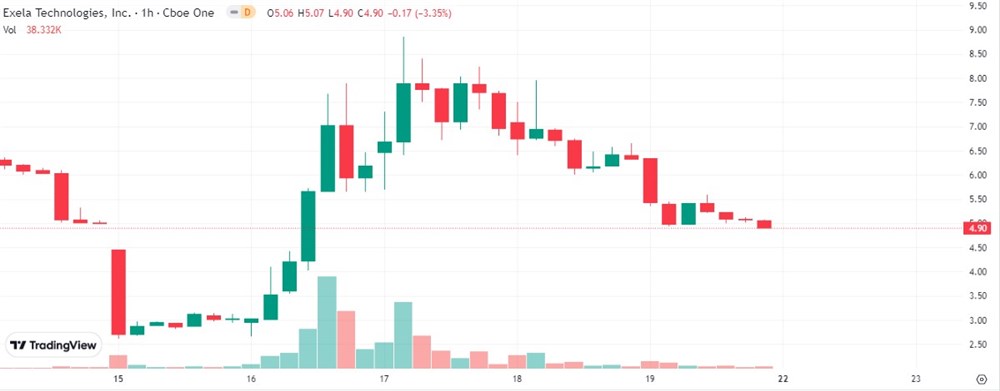Financial News
More News
View More
3 Potential Scenarios to Watch for in D-Wave's Earnings Report
Today 18:19 EST
Eli Lilly Posts Stellar Q3: Long-Term Upside Is Well in Play
Today 17:20 EST
Uber Is Crushing Lyft—And It’s Not Even Close
Today 16:18 EST
Is Alphabet a Buy After Its Blowout Earnings?
Today 15:24 EST
Prediction Markets Are Coming: Can DraftKings & FanDuel Survive?
Today 14:04 EST
Recent Quotes
View More
Stock Quote API & Stock News API supplied by www.cloudquote.io
Quotes delayed at least 20 minutes.
By accessing this page, you agree to the Privacy Policy and Terms Of Service.
Quotes delayed at least 20 minutes.
By accessing this page, you agree to the Privacy Policy and Terms Of Service.
© 2025 FinancialContent. All rights reserved.










